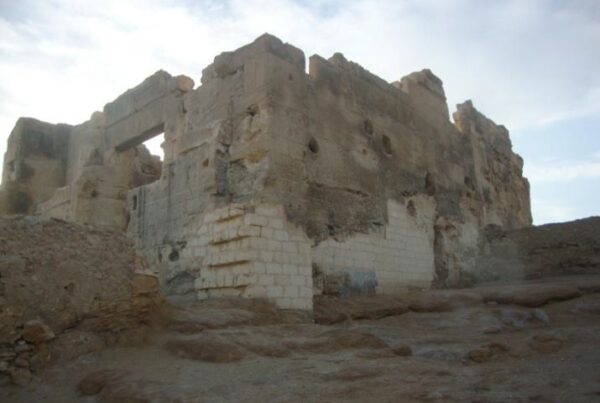by Mona F. Ali and Mohamed Abd Elrahim
ABSTRACT
In Al-Sadat Lane, Al Sayda Zainab, Al-Sadat House was established in 1070 – 1168 AH. / 1754 – 1659 AD. The architects used two degrees of blue pigments to decorate the house because blue was highly favoured by the Ottomans. Moreover, the Ottomans used this to colour clothes, believing that it could prevent envy. Several methods of analysis were used, including the optical polarised light microscope (PLM), scanning elec-tron microscope coupled with EDX, X-ray Diffraction (XRD), and Infrared spectroscopy (FTIR) to recognize the blue color used in two layers. The results of the analysis indicated that there was a thick preparation layer of calcite, gypsum, and quartz. Moreover, the blue colors used are ultramarine in the first layer and cobalt in the upper layer. The results proved that there was a preparation layer of red lead minimum under the blue colours. Animal glue was used as a binding medium, which indicates using the mural painting in the tempera technique.
![]()



